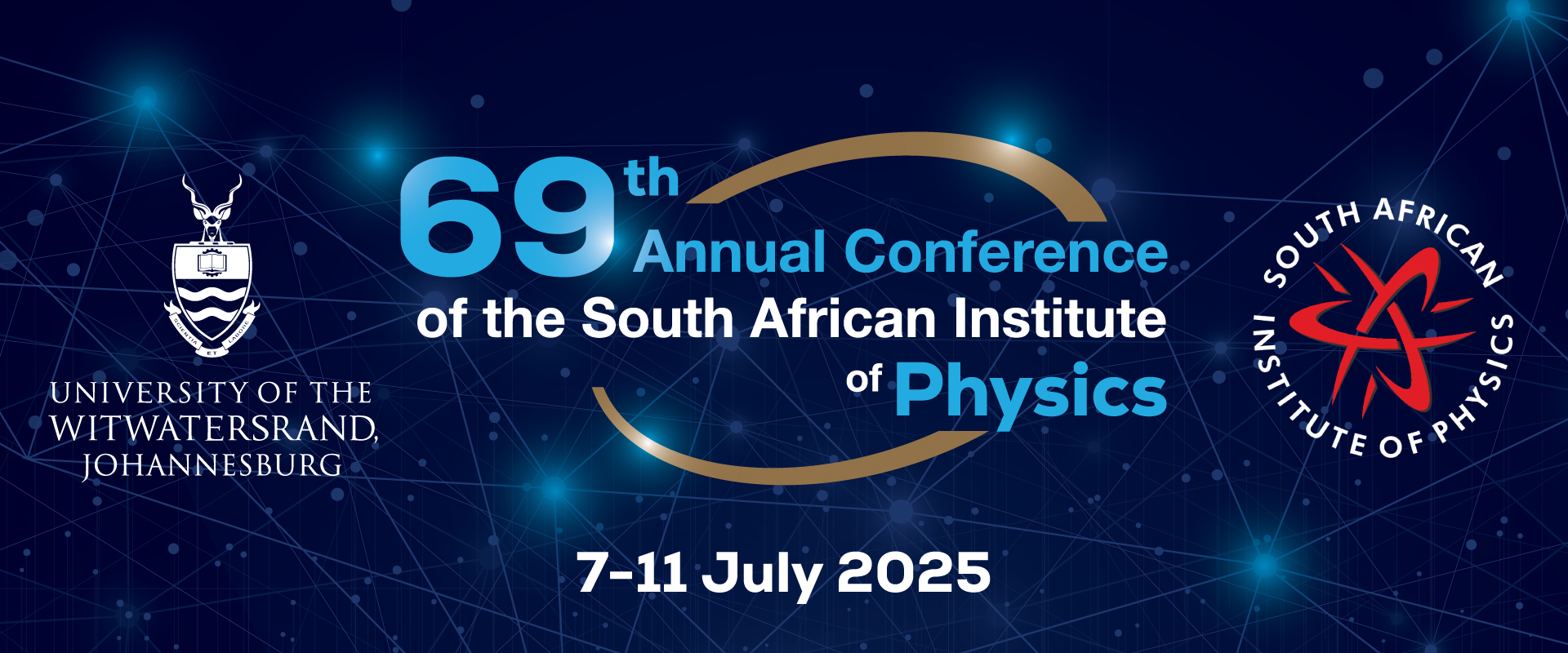Speaker
Description
There are growing concerns about food contamination potentially arising from trace elements present in fertilisers, which could pose serious risks to public health. Understanding the quality and elemental composition of fertilisers is essential for improving agricultural soil productivity and preserving land resources. In this study, various samples of organic and inorganic fertilisers collected from the Zululand region were analysed using the nuclear analytical technique known as Proton-Induced X-ray Emission (PIXE) to determine their elemental composition and concentration. The organic fertilisers included organic and inorganic chicken droppings, cow dung (processed by worm), goat, cow, and sheep dung. These were compared to three types of inorganic fertilisers: ammonium nitrate, 28 % nitrogen, and NPK with 0.5 % Zn content.
A silicon lithium (Si (Li)) X-ray detector was employed in the PIXE system to identify the trace elements present in the fertiliser samples. The analysis revealed the presence of several elements, including Al, Si, P, S, Cl, K, Ca, Ti, Cr, Mn, Fe, Zn, Br, Sr, Zr, and Rb, with their respective average concentrations (in ppm $\times$ 10^3) being 33, 12, 40, 17, 13, 50, 36, 2.1, 0.13, 0.69, 9.3, 1.2, 0.28, 0.13, 0.073, and 0.12. The spectra obtained were processed using the GeoPIXE II software, which performs background subtraction, pile-up correction, and escape peak removal, Calibration using standard operation values (SOV 115), and elemental concentrations determined based on the yield and intensity of the emitted X-rays for each element. This study highlights the effectiveness of nuclear techniques in environmental and agricultural research. The findings contribute to the development of environmentally sustainable agricultural practices by identifying potentially toxic contaminants and evaluating the role of trace elements in fertilisers. Ultimately, this work provides a scientific foundation for improving fertiliser formulations, ensuring adherence to safety standards, and promoting sustainable agriculture.
| Apply for student award at which level: | MSc |
|---|---|
| Consent on use of personal information: Abstract Submission | Yes, I ACCEPT |

